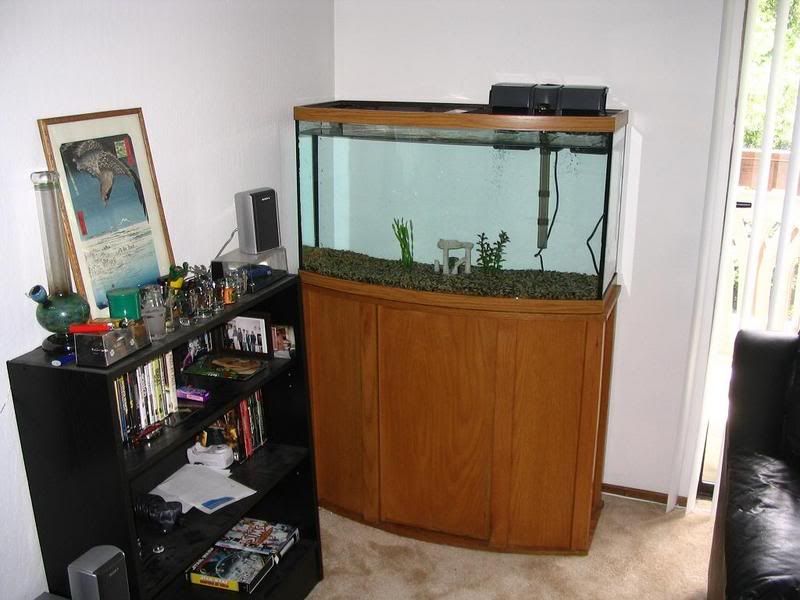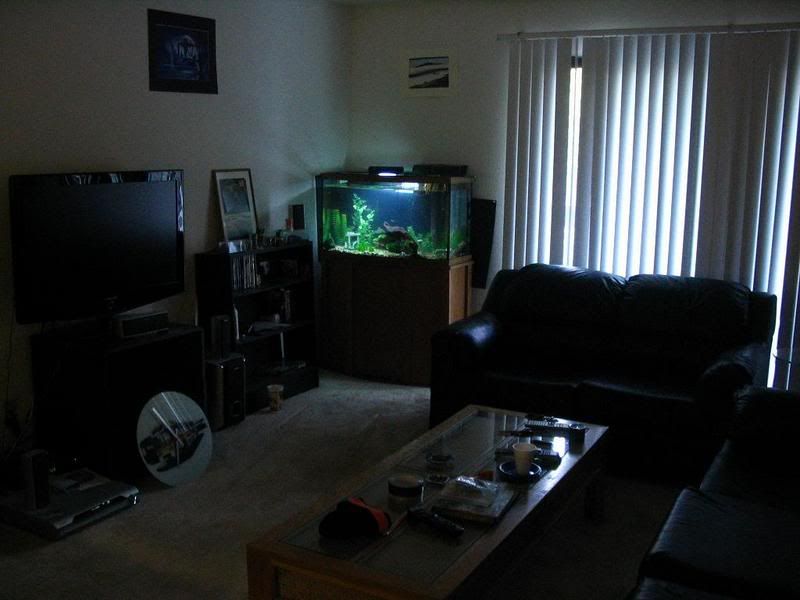Sleestak
Active member
Thanks Tony for trying to back up the facts, but it seems futile.
RoorHead, owner of Hertel is a knowledgeable guy, so I have a lot of trouble believing he told you Toros are not boro, as it's FAR from true and anybody who knows anything about glass knows that. A bit of simple research would show you that all tubes are borosillicate.
Claiming a 3mm DE is heavier than a 9mm US,, well....lol
Here's a little info on boro from good ole wikipedia:
Borosilicate glass is a type of glass with the main glass-forming constituents silica and boron oxide. Borosilicate glasses are most well known for having very low coefficient of thermal expansion (~5 × 10-6 /°C at 20°C), making them resistant to thermal shock, more so than any other common glass. Borosilicate glass was first developed by German glassmaker Otto Schott in the late 19th century[1] and sold under the brand name "Duran" in 1893. After Corning Glass Works introduced Pyrex in 1915, it became a synonym for borosilicate glass in the English-speaking world. Kimble-Kontessee[2] sells its own line of Kimax brand borosilicate glass products.
Most borosilicate glass is clear. Colored borosilicate, for the art glass trade, was first widely brought onto the market in 1986 when Paul Trautman founded Northstar Glassworks. There are now a number of small companies in the U.S. and abroad that manufacture and sell colored borosilicate glass for the art glass market.
RoorHead, owner of Hertel is a knowledgeable guy, so I have a lot of trouble believing he told you Toros are not boro, as it's FAR from true and anybody who knows anything about glass knows that. A bit of simple research would show you that all tubes are borosillicate.
Claiming a 3mm DE is heavier than a 9mm US,, well....lol
Here's a little info on boro from good ole wikipedia:
Borosilicate glass is a type of glass with the main glass-forming constituents silica and boron oxide. Borosilicate glasses are most well known for having very low coefficient of thermal expansion (~5 × 10-6 /°C at 20°C), making them resistant to thermal shock, more so than any other common glass. Borosilicate glass was first developed by German glassmaker Otto Schott in the late 19th century[1] and sold under the brand name "Duran" in 1893. After Corning Glass Works introduced Pyrex in 1915, it became a synonym for borosilicate glass in the English-speaking world. Kimble-Kontessee[2] sells its own line of Kimax brand borosilicate glass products.
Most borosilicate glass is clear. Colored borosilicate, for the art glass trade, was first widely brought onto the market in 1986 when Paul Trautman founded Northstar Glassworks. There are now a number of small companies in the U.S. and abroad that manufacture and sell colored borosilicate glass for the art glass market.





